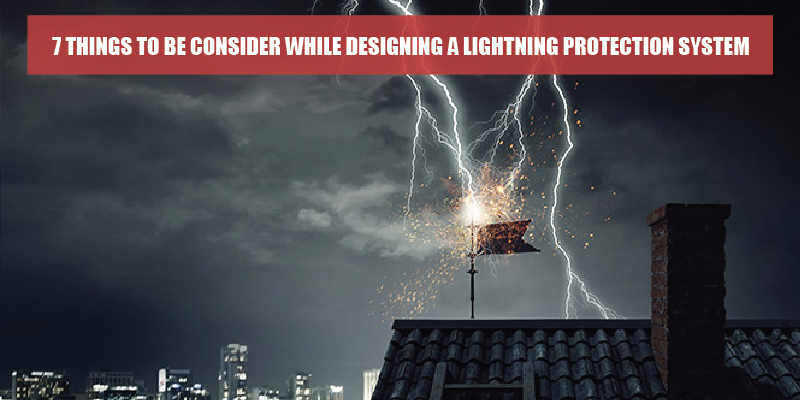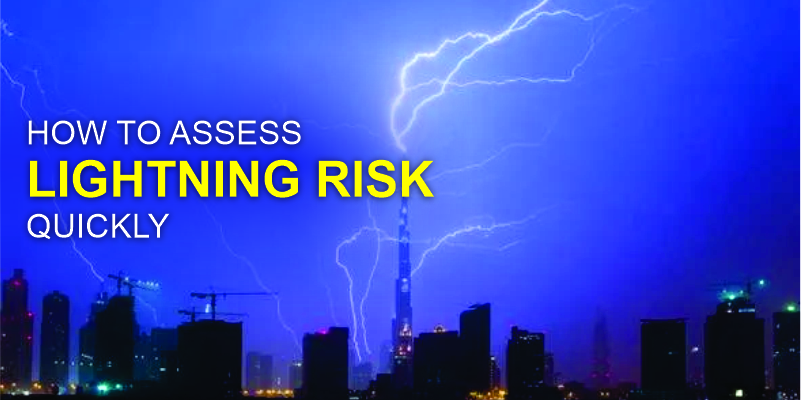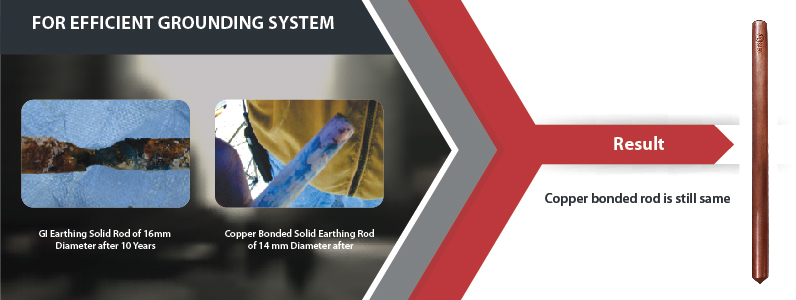
7 Things to Be Consider While Designing a Lightning Protection System
To quickly give you a basic idea on the design of a lightning protection system, here are 7 important points.
1. The First and Main Thing Is to Collect the Exact Set of Data
Precise data plays an important part and is the necessary deciding factor of the design of lightning protection system. Therefore, the crucial data to be collected involves dimensions, location, and environmental factors of the building / structure. If the data is approximate or incorrect, the same will be reflected in the recommendation.
2. What Do You Do With the "Accurate" Data Collected for a Particular Building / Structure
The next important step has arrived, do the RISK ASSESSMENT! This determines whether a building needs external LPS or SPD or both or nothing is required. If protection is required, calculate the level of risk using the data collected as input into our Risk Assessment Tool available free on browser. JMV Risk Assessment Calculator is an automated software compilation according to IS / IEC 62305-2 to facilitate risk calculation and is validated with the examples given in IS / IEC 62305-2.
3. Determining the Need of Protection as Per Risk Assessment
If you perform the risk assessment correctly, providing accurate data, rest assured that your level of protection is certainly correct!
Here are Few Possibilities:
i. If the building or structure needs external protection, that is its LPS.
ii. If the building or structure needs internal protection, which are its SPDs.
iii. If the building or structure needs internal and external protection.
iv. If the building or structure ARE ALREADY SAFE and its calculated values are below tolerable levels and therefore no protection is required.
4. Selection of Level of Protection
After determining the level of protection, the next step is to design your lightning protection system based on the level of protection. As per IS/IEC 62305, there are total four levels of protection at which any building/structure shall be designed. Level I provide the highest level of protection and Level IV provides the lowest level of protection.
5. Selection of Method to Design
Once the level of protection has been determined, the next interesting step is to choose the appropriate lightning protection method. There are 3 different methods:
i. Mesh method.
ii. Protection angle method.
iii. Rolling sphere method.
For an optimal and smart solution, you can combine the above-mentioned methods and come up with a solution. The rolling sphere method is one of the most used methods and must be followed in industries and for all critical facilities.
6. Checklist to Be Considered After Selection of Method
To specifically take into account the reference to the IS / IEC 62305 Standard for:
i. Mesh size.
ii. Radius of the rolling sphere.
iii. Angle of protection.
iv. Distance between two Down Conductors.
v. Best Material Selection for utmost safety along with cost-effectiveness.
All the above parameters are based on your level of protection, so be smart and make no mistake about that. If you choose the wrong level of protection for your building / structure, all your next steps will go wrong and your building / structure may not be safe during the event of a lightning strike.
7. Bill of Material & Cost Estimation
So after designing your LPS, what should you do next?
Get to the bill of materials and estimate the cost of your lightning protection system. AND FINALLY your building / structure has a lightning protection system that meets Indian and international regulations and norms.
And here after, you can have the lightning protection system installed and you don't have to worry about any lightning event affecting your building / structure!
Note: As per IS/IEC 62035, installing the LPS reduces the risk of damages that may occurred due to lightning strikes.



